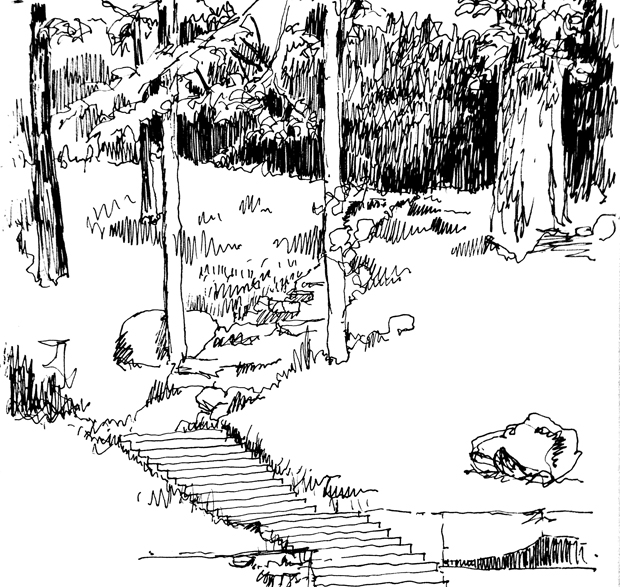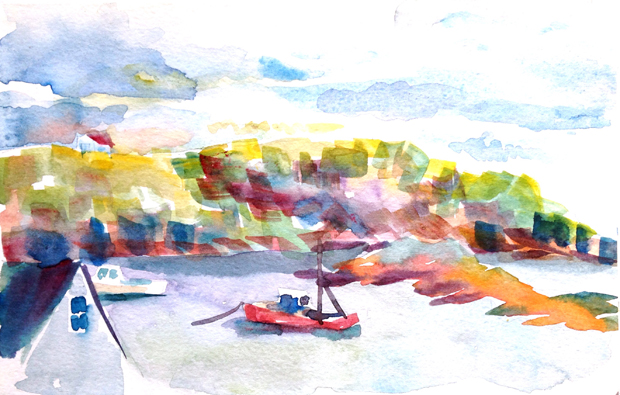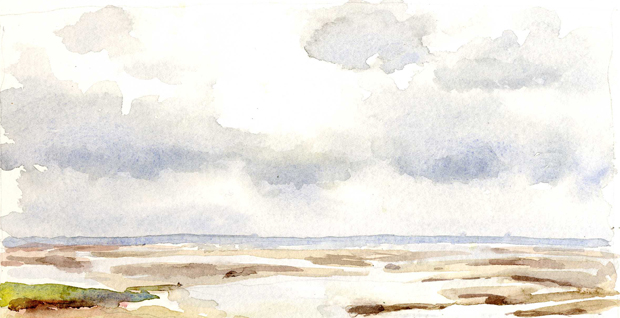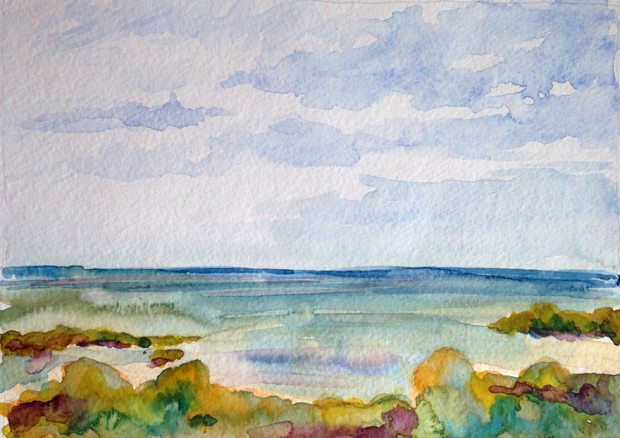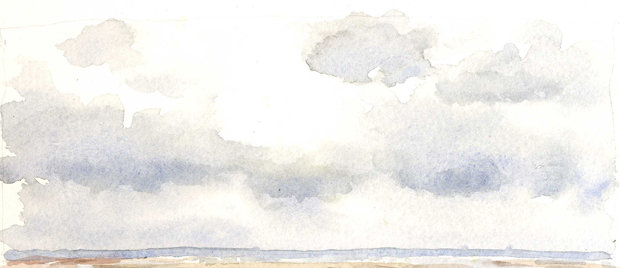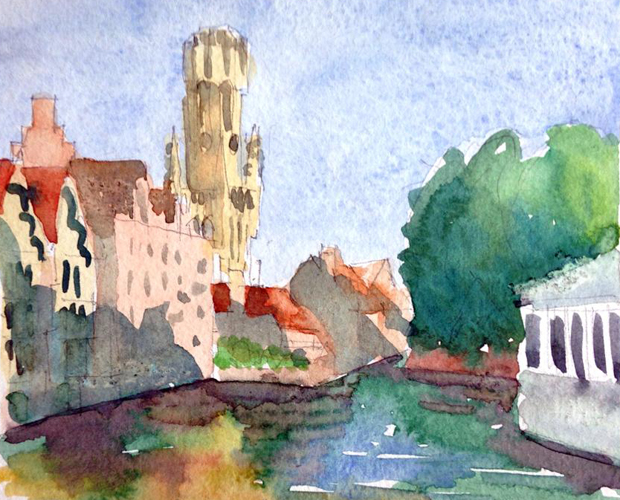A wise teacher advises in times of uncertainty to turn to activities that go back generations deep. Ancient activities like walking, or storytelling around a fire, or cooking, or hugging, can be very grounding. These basic actions remind us of our humanity, of our animal nature, and our belonging.
To that list, I would add feeling and expressing emotion. We have been conditioned to push emotion away as wrong, unseemly, embarrassing, toxic, dangerous, imposing, selfish, anti-social — there are any number of labels the ego likes to have at the ready. Last night, I discovered an excellent way to practice emotions: improv class. Continue reading


